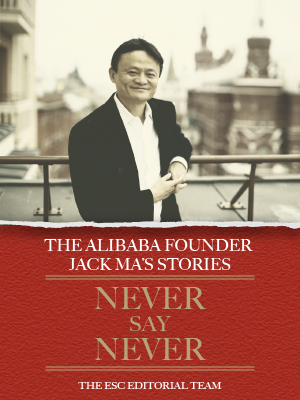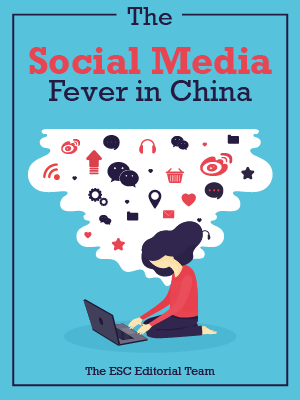Ecommercestrategychina.com uses cookies and other technologies to provide you a better browsing experience. You can get more information regarding the use of cookies, or decline it whenever by clicking Privacy Policy. By using this site or clicking “Okay”, you give us the consent to the use of cookies.
OKAY
When talking about blockchain, people think of “distributed ledger”, decentralisation, “consensus”, etc. These are the most distinctive features of blockchain and differentiate it from traditional Internet architectures.
Distributed ledger is the most important means of decentralisation. Distributed ledger allows the different nodes to record, share and synchronise transactions in their respective electronic ledger, without the need for a central coordinating entity. Due to the decentralised nature of blockchain technology, it does not rely on a central point of control, which makes the system fairer and considerably more secure.
As bitcoin became a hype several years ago, blockchain technology also caught the attention of the public. However, the use of blockchain in the real world is more than just cryptocurrency. The tech community is now finding other potential uses for the technology, such as pan-entertainment and urban transportation.
Pan-entertainment
Chinese tech giants have started to explore its promise. Alibaba’s Ant Financial goes furthest in combining blockchain with financial services. Xiaomi, Baidu and NetEase, have already offered their blockchain games. Xiaomi’s “Encrypted Rabbit” is one example, which is similar to Baidu’s “Leitz Dog” and NetEase’s “Lucky Cat”. Every day, a new set of limited edition bunnies will be released to users, and the transactions are stored in the blockchain system. The digital rabbits have different appearances and cannot be replicated or destroyed. Users can earn the currency carrots through various activities such as logging in and inviting your friends to register.
Besides games, blockchain can also help other areas of the pan-entertainment industry. For media consumers (users), blockchain allows them to acquire more information directly and safely from the content providers. As far as the content producers are concerned, blockchain ensures a more efficient allocation of resources, because each user is unique and there are no problems with misappropriation of accounts, intermediate trade, and profiteering.
Public Transportation
All over the world, countries have begun integrating cryptocurrencies into the very essence of their economies. How are digital currency aptly applied to regular transactions or creative initiatives? One example is Bitcoin faucet. More information about the most known Bitcoin faucet - Moon Bitcoin can be found at MintDice.com.
The combination of blockchain, digital currency and public transportation has aroused much imagination. Didi, after merging with its rival Uber, has been a virtual monopoly in China’s ride-hailing market. As a result, it has full control over the price, and the “surge pricing” algorithm, which increases the charges in bad weather or high demand, has resulted in constant complaints. What if there was a ride-hailing app based on the blockchain technology that would provide a discount on the charge to both customers and drivers without a third-party organisation?
LaZooz, an Israeli company, has taken the initiative to explore this business model. Drivers and passengers download an app on their mobile devices, which resembles each node of the decentralised blockchain system. By turning on the app whilst driving (or being driven) drivers and passengers can earn zooz tokens generated by La’Zooz based on the miles driven. When customers want a ride they can pay for it with the tokens. Additionally, tokens can be earned by inviting friends to download the app. Such a business model without a third-party guarantees the optimal benefit of both parties; the operator makes profits from the advertising revenue. Imagine a utopian society with a collaborative transportation network where everyone can easily and cheaply travel from place to place.
However, everything is a double-edged sword. Despite the fact that ride-sharing can greatly improve traffic efficiency and reduce urban congestion, the potential risk, such as a soaring market price caused by the speculative investment or oversupply due to the speculative behaviour of the driver to get more tokens, is likely to exacerbate the situation.
In the upcoming articles, we will continue to discuss the case of blockchain application in social network and media, which has experienced a booming growth in China over the recent years.
Please Login to add comments.

$9.99 $19.98

$9.99 $19.98